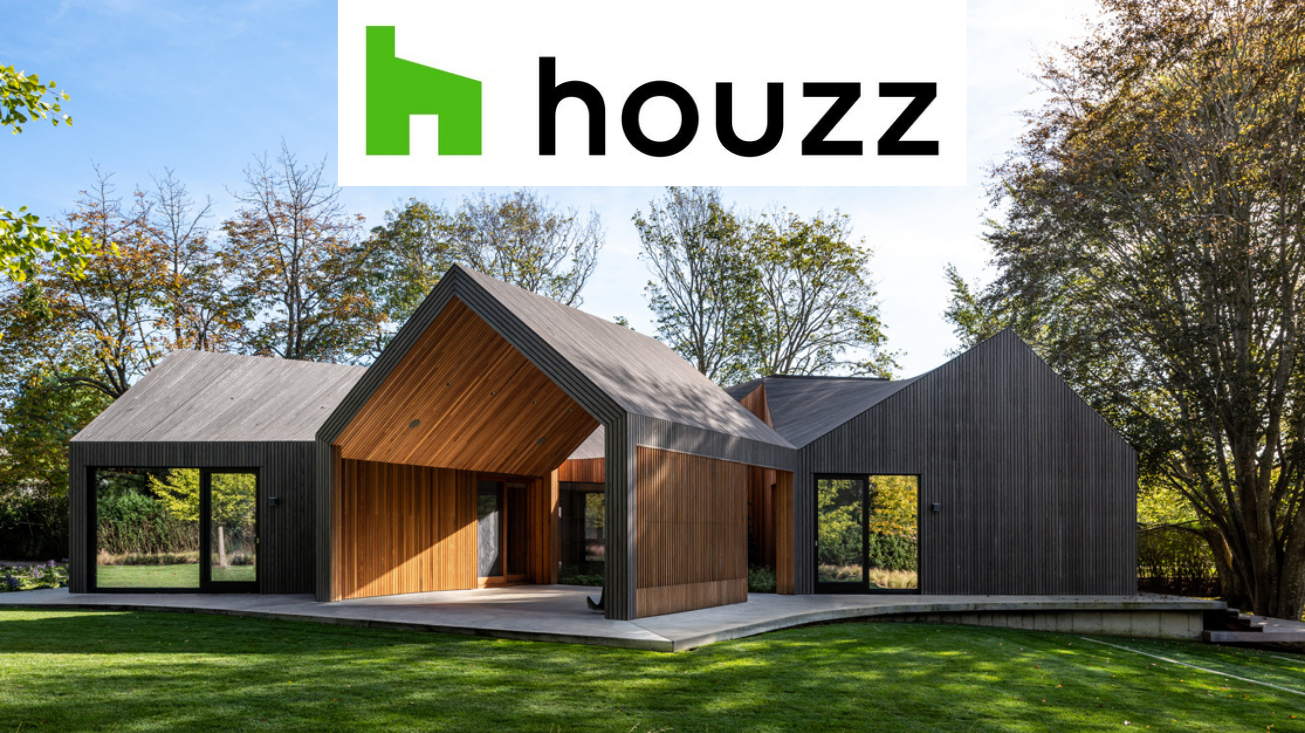
How To Select Low Maintenance Wood SIding For Your Home by HOUZZ
Enhance the look of your home with high-performing, modified and responsibly sourced wood siding
12.20.2021
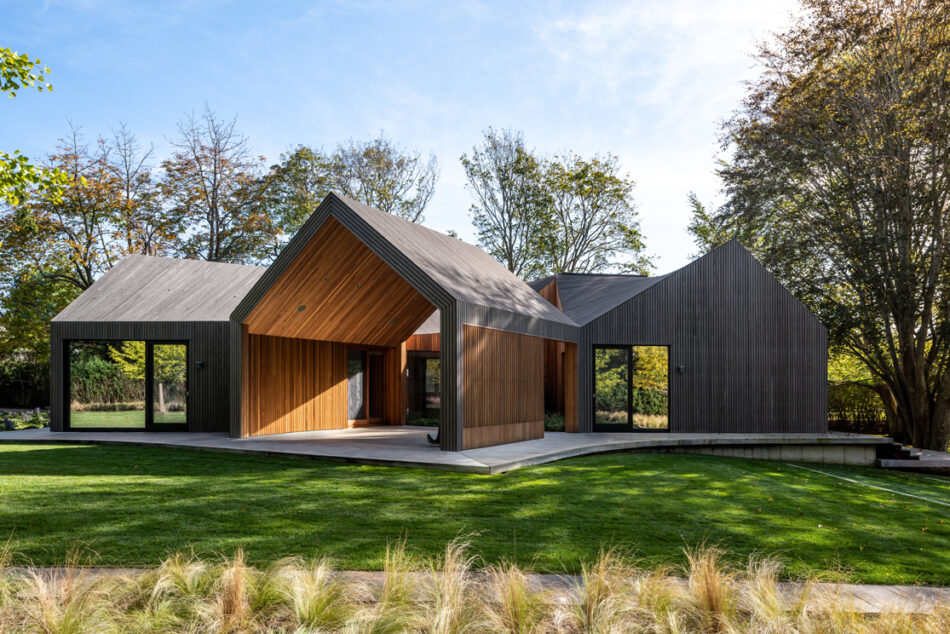
When it comes to boosting your home’s curb appeal, great-looking siding is hard to beat. Wood is one of the most popular options, and for good reason. It adds warmth and natural appeal to your exterior and sits beautifully alongside other materials such as concrete and steel. While regular wood siding typically requires regular upkeep to maintain its appearance, acetylated wood offers an easy-care, highly durable alternative.
Read on to discover more about this siding material that’s gaining traction among architects, designers and homeowners alike.
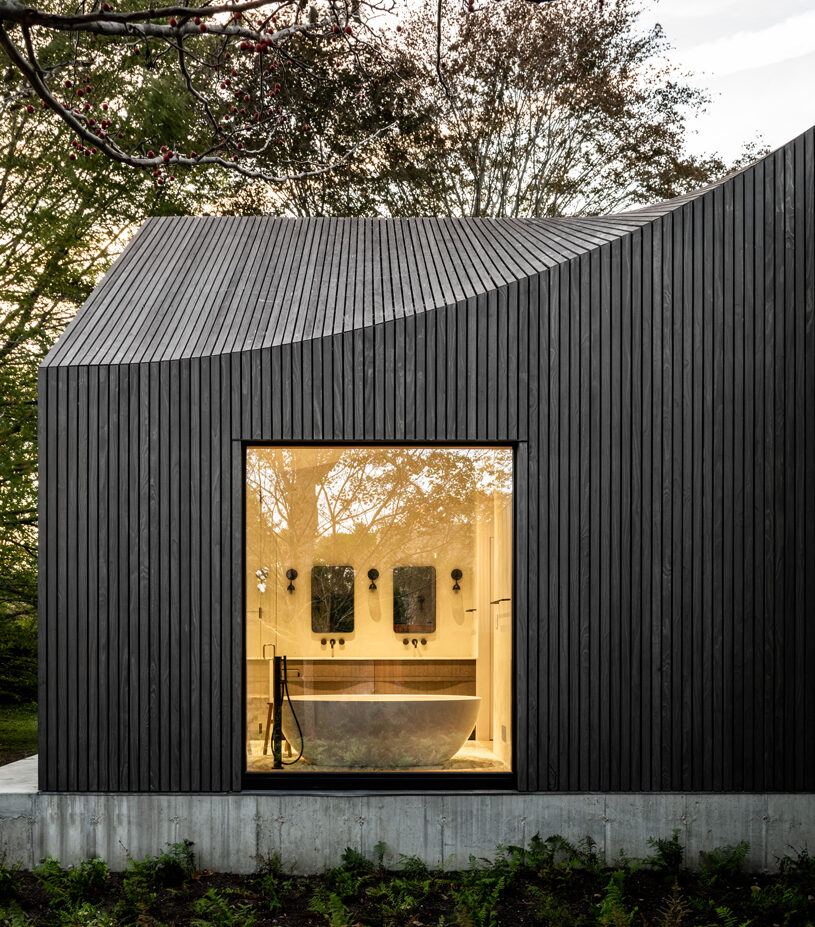
The Natural Appeal of Wood
There are several products on the market that re-create the look of wood siding, but none capture the warmth and natural beauty of the real thing. Vinyl wood-look siding is a low-cost option, but being a look-alike plastic product, it will never give you the truly authentic appearance or texture of genuine wood. It also has a tendency to bend or crack in cold weather if subjected to impact, and it can conceal moisture issues in your home, which can potentially lead to dangerous mold growth. Engineered wood is relatively easy to install, but it doesn’t perform as well as tropical hardwood in an exposed setting, and it can swell if exposed to water for long periods.
Accoya’s modified wood siding, which is made from quick-growing, responsibly harvested pine, is an appealing alternative. It offers the stunning good looks of tropical hardwood (including increasingly rare species) while being more sustainable and outperforming even the most durable of woods, so you can create a healthier and more eco-friendly home for your family.
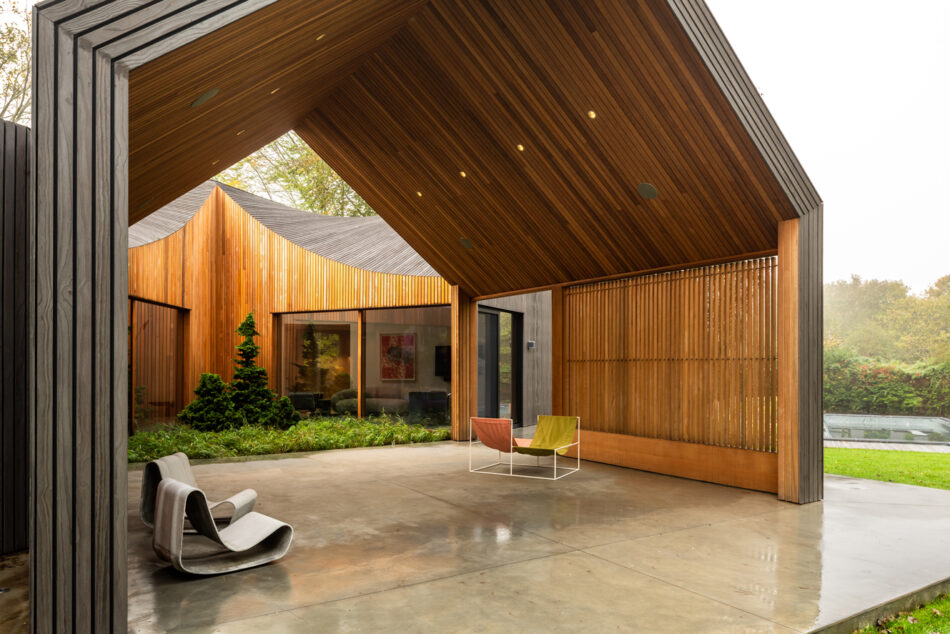
“Accoya is a modified wood that aims to overcome the shortcomings of standard timber,” says Jocelyn Mahan, marketing manager at reSAWN Timber. “The modification process enhances the performance of the wood, resulting in improved longevity. Accoya is modified by a process called acetylation, a cutting-edge, patented technology that enables it to resist rot, defy the elements and stay strong for decades.”
This residence (Six Square House) in Bridgehampton, New York, features charred Accoya Ikigai wood siding, burnt in the ancient Japanese style of shou sugi ban, which gives the exterior a uniquely textured, charcoal-like appearance while enhancing its performance and minimizing upkeep.
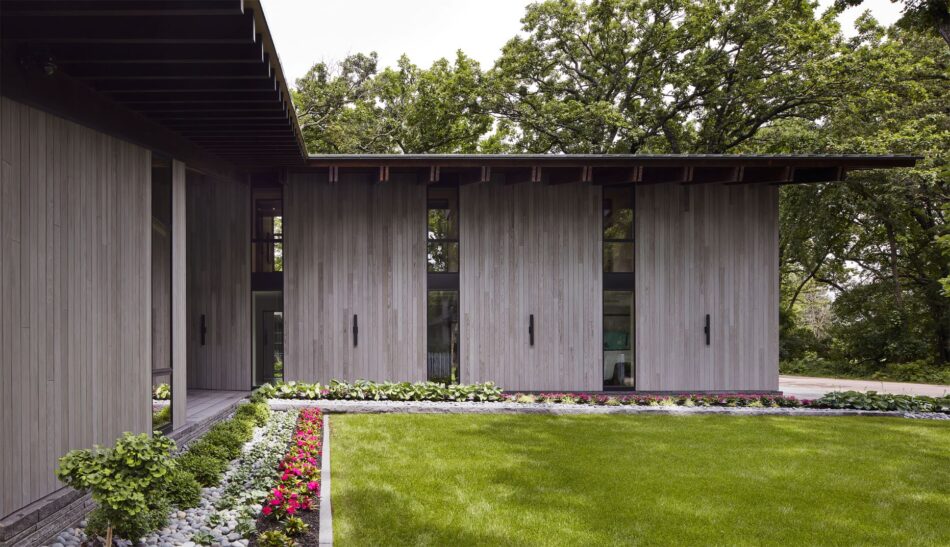
Low Maintenance
While standard wood siding requires annual maintenance, acetylated wood does not. Accoya wood siding offers superior durability and stability, which means it can cope with the toughest climatic conditions with minimal maintenance. It won’t visibly swell, shrink or distort, even in traditionally problematic spots such as around windows.
Coated finishes not only look beautiful on Accoya, but they last longer than on other surfaces, another reason why designers and architects love it.
The beautifully weathered facade on this lakeside home in Okoboji, Iowa, was created using Accoya Nigiri shou sugi ban wood siding. It blends in seamlessly with the landscape and speaks to the current trend toward natural, sustainable design. It will require very little maintenance to maintain its stunning good looks over its lifetime.
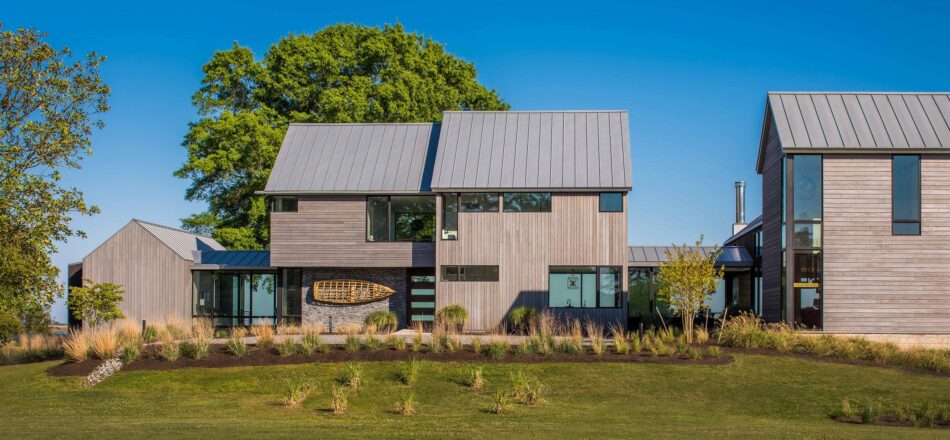
Durability
Siding is a major, long-term investment in your home, so the material you choose needs to be able to stand up to whatever your environment throws at it — now and for decades to come. Accoya siding is resistant to rot, decay and insect damage (including termites). It’s a cost-effective choice for lasting performance. “It’s guaranteed for 50 years above ground and 25 years in ground or fresh water — its performance and properties are remarkable,” Mahan says.
Exposed to heat, humidity and rain, this waterfront home in White Stone, Virginia, is subject to more weather extremes than most, so a high-performance siding material was a must. The material also needed to create a warm, organic feel that complemented the home’s natural setting. Accoya Nigiri wood siding was chosen (alongside charred cypress) for its superior durability and earthy, coastal feel.
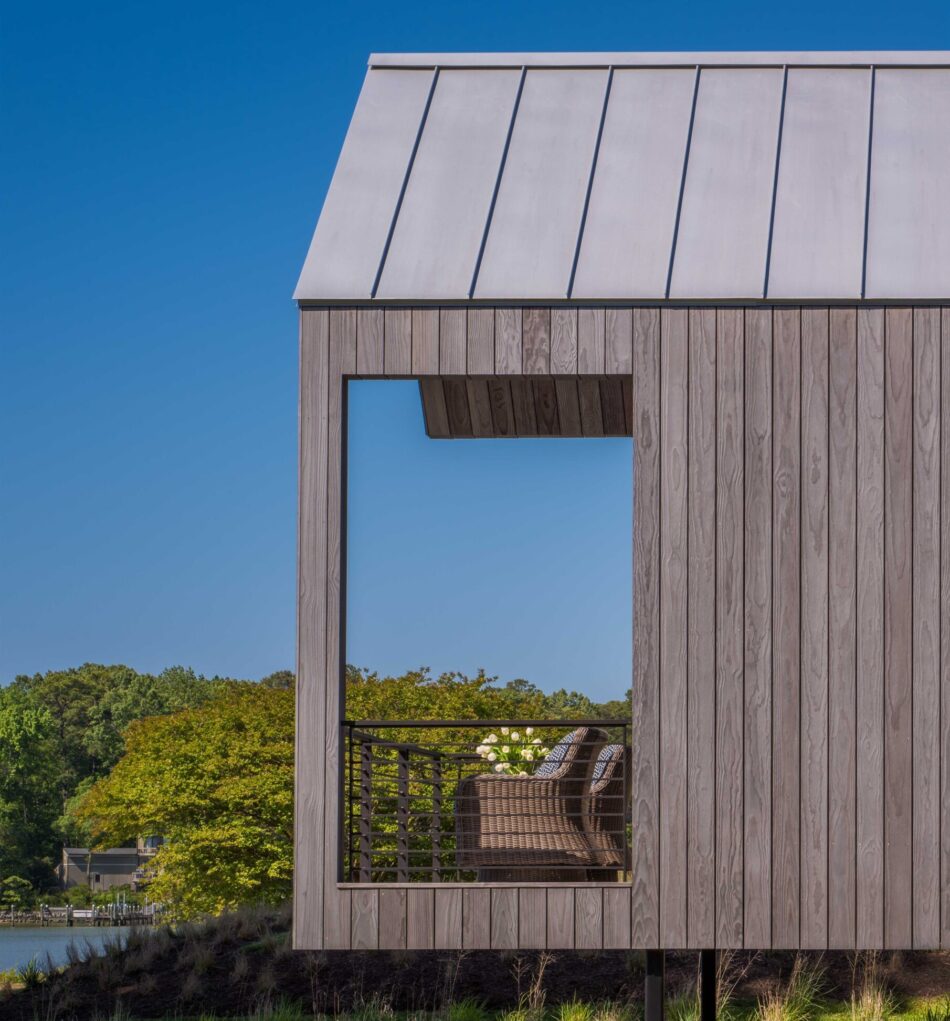
Environmentally Responsible
When you’re building or remodeling your home, you want to know that the materials you choose are good for the occupants and kind to the environment. Accoya wood is fully sustainable — it’s responsibly sourced and harvested from certified sustainable forests, with every panel having FSC (Forest Stewardship Council) certification.
It’s also 100% nontoxic and contains no harmful chemicals, so you can breathe easy. The acetylation process of Accoya wood doesn’t add chemicals, which means the material is fully biodegradable at the end of its life cycle. “Accoya can be safely used, reused, recycled and incinerated,” Mahan says. “It also traps carbon for its full life cycle — it’s really sustainable.”
Accoya acetylated wood siding, windows and doors are also naturally insulating, which means they’ll help keep your home warmer in winter and cooler in summer, lowering your energy costs.
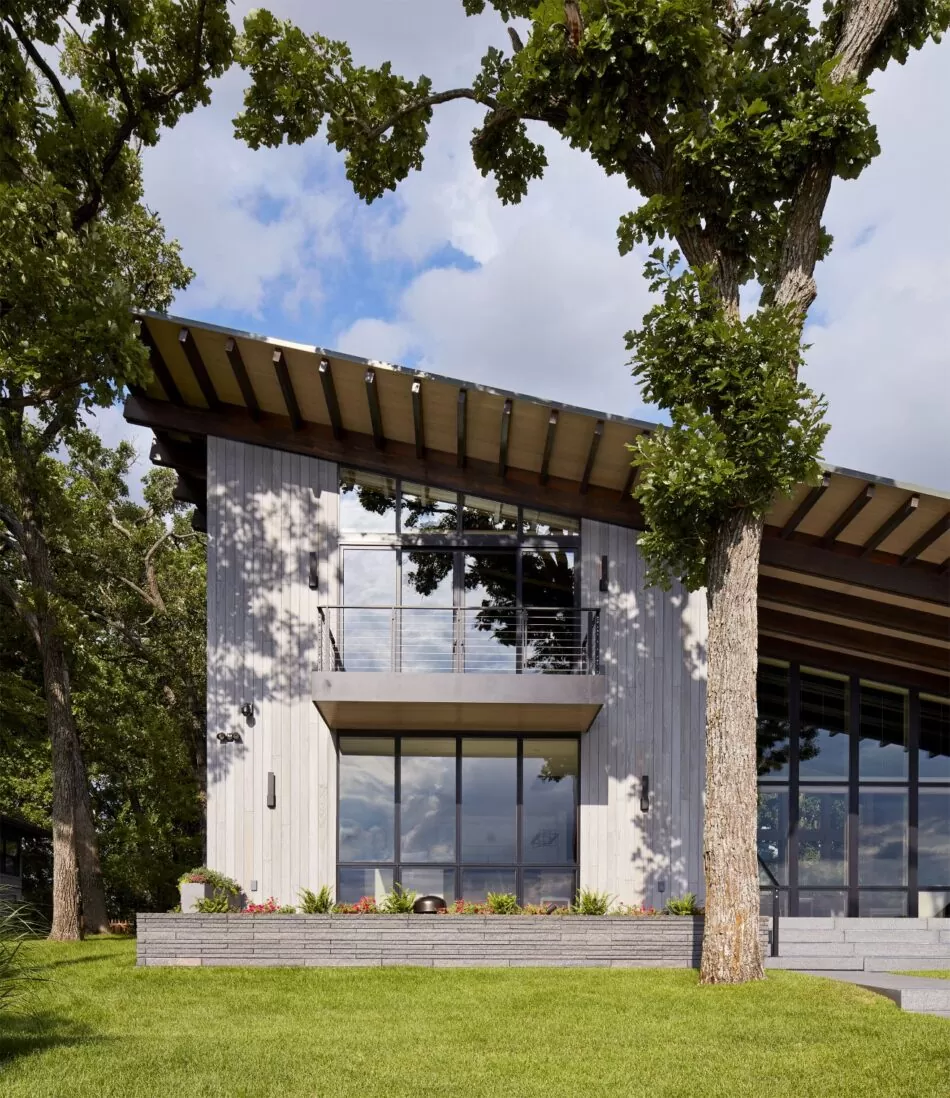
Design Freedom
Siding presents a unique opportunity to get creative with the look of your exterior and wow visitors from the moment they pull up to your home. To achieve this, you’ll need a siding material that offers plenty of design flexibility.
Accoya comes in different board widths and finishes so you can easily mix up the look — and you can install them vertically, horizontally or even in patterns. It’s dimensionally stable so joints stay smooth for a tailored look. Add a colored coating, leave your Accoya wood untreated so it weathers naturally, or opt for the designer favorite seen in the home here: charred shou sugi ban. You can also combine it with other materials such as brick, steel, concrete or stone to create an eye-catching, layered look that you’ll appreciate every time you come home.
More: Learn more about Accoya’s range of long-life acetylated wood products by visiting our homepage here.
This story was written by the Houzz Sponsored Content team.
WHERE TO BUY ACCOYA
for your next projectWhat type of Product are you interested in?
- - Select product type -
-
FIND A SUPPLIER
FIND A INSTALLER
for your next projectWhat type of are you interested in? (optional)
How will your be used?
- - Select type -
-
You are currently on the Accoya site
Would you like to visit the Accoya Site to view all relevant content for your location?